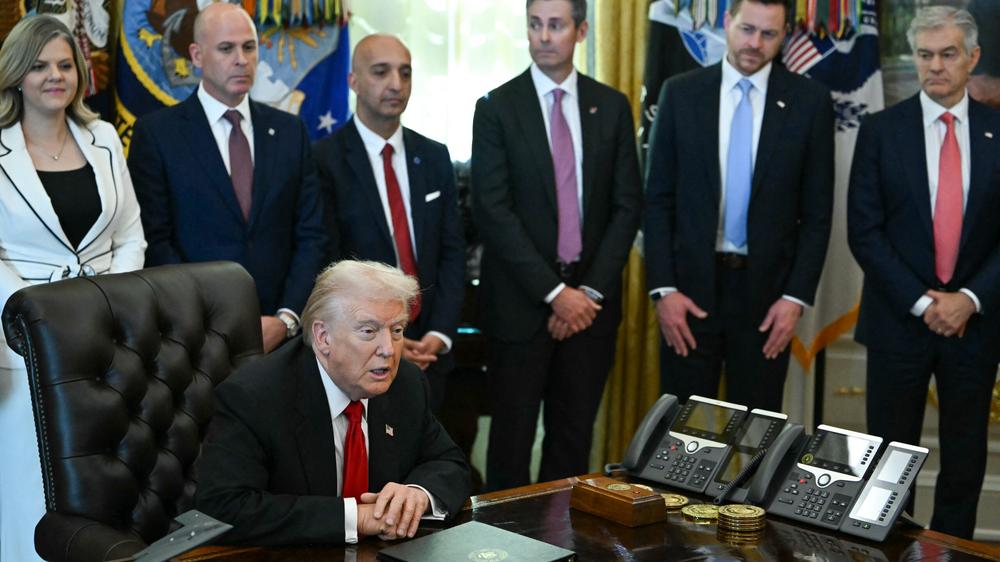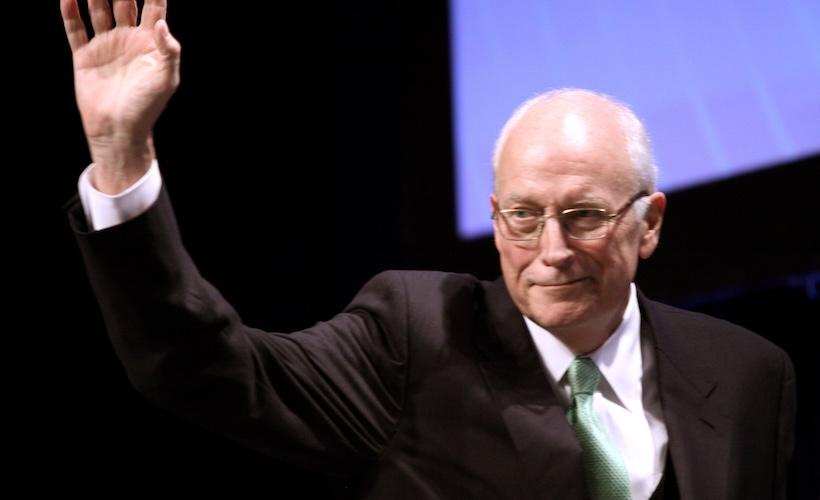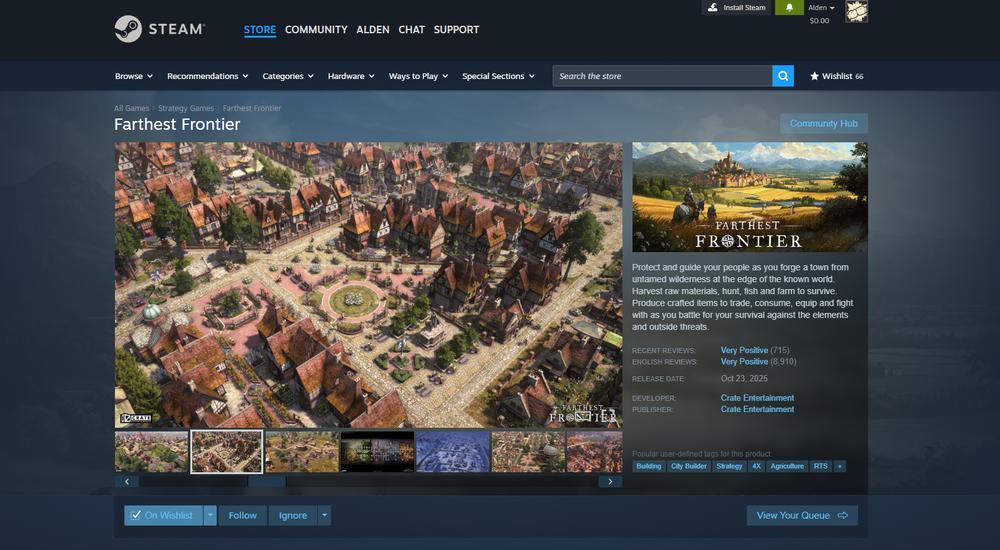At a White House event Thursday, President Trump announced deals with drug makers Novo Nordisk and Eli Lilly to offer their popular GLP-1 obesity and diabetes drugs at lower prices for some Americans, namely some on Medicare and Medicaid plans. But questions linger about the significance of the deal.
According to the announcement, Medicare and state Medicaid programs will be able to purchase a month’s supply of Ozempic, Wegovy, Mounjaro, and Zepbound at $245 each for eligible patients. Eligible people on Medicare will have a $50 co-pay for them.
The negotiated price is a significant cut from the drugs’ list prices: The list price for Ozempic is $997; Wegovy is $1,350; Mounjaro is $1,080; and Zepbound is $1,086. But, of course, purchasers rarely pay drug list prices. It’s unclear how much Medicare and Medicaid would have paid for the drugs without this deal and what the savings will be.
It’s also unclear how many people in these federal programs will gain access to the new drugs and their negotiated prices. Federal programs currently are prohibited from covering any drugs intended for “weight loss.” The Biden administration proposed reinterpreting a federal rule to allow coverage of drugs specifically for the treatment of obesity. That change would have allowed 3.4 million people on Medicare and about 4 million on Medicaid to gain access to the drugs. But the Trump administration rejected the change.
The administration told reporters that the new drug pricing would be available to patients on Medicare and Medicaid who met specific conditions. The drugs at their new prices will be available to the following: those with a body mass index (BMI) over 27 who have also been diagnosed as pre-diabetic or have had a stroke, myocardial infarction, or peripheral artery disease; those with a BMI over 30 who also have stage-three kidney disease or other qualifying comorbidities; and those with a BMI over 35.
While some may stand to gain access to the drugs under these categories, another factor in assessing the deal’s impact is that millions are expected to lose federal health coverage under the Trump administration’s “One Big Beautiful Bill Act.”
Unmatched prices
In addition to the deals for federal programs, the administration also announced new direct-to-consumer prices. Currently, people with a prescription can buy the most popular drugs, Wegovy and Zepbound, directly from Novo Nordisk and Eli Lilly, respectively, for $499 each. Under the new deal, Wegovy will be available for $350, as will Ozempic. And Zepbound will be available at “an average” of $346. While the prices are lower, the out-of-pocket costs are still likely to be more than most people would pay if they went through an insurance plan, and paying outside their insurance policies means that the payments won’t be counted toward out-of-pocket maximums and other tallies. Generally, experts expect that direct-to-consumer sales won’t play a significant role in lowering overall drug costs.
It remains unclear if Trump’s deal will have any effect on GLP-1 prices for those on commercial insurance plans.
Trump hailed the deals, calling them “most favored-nation pricing.” But even with the lower prices for some, Americans are still paying more than foreign counterparts. As Senator Bernie Sanders (I-Vt.) noted last year, while Novo Nordisk set Ozempic’s list price at nearly $1,000 in the US and the new deal is as low as $245, the drug costs just $155 in Canada, $122 in Italy, $71 in France, and $59 in Germany. Wegovy, similarly is $186 in Denmark, $137 in Germany, and $92 in the United Kingdom. Eli Lilly’s Mounjaro is $94 in Japan.
A study last year published in JAMA Network Open led by researchers at Yale estimated that the manufacturing costs for this class of drugs is under $5 for a month’s supply.
The announcement also said that future GLP-1 drugs in pill form (rather than injections) from the two companies will be priced at $150. That price will be for federal programs and direct-to-consumer sales. While such pills are nearing the market, none are currently available or approved by the Food and Drug Administration. Given that they are not yet for sale, the cost savings from this deal are unknown.

 Dick Cheney Invades Hell
Dick Cheney Invades Hell